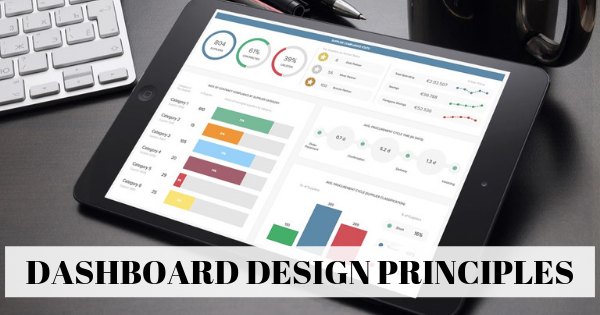


Qualitative feedback also tells what customers/users think about a product or service, where customers are getting stuck in the customer journey, and more. The results from the observation are helpful to discern what features users will appreciate in the product, what elements they should look for while designing the interface, and numerous such decisions which should and can be made user-centric. Since qualitative research includes conducting interviews, it is possible to get a gist of users’ past experiences, feelings, and reactions towards new ideas about products One of the obvious pros of qualitative research and data is that it aims to collect data that is not quantifiable, like preferences, attitudes, challenges, etc., which provide different insights than quantitative data.Īnother benefit is that you can conduct qualitative research via one-on-one interviews to observe participants or use Sentiment Analysis which feedback survey tools like Qualaroo offer.īesides these benefits, here are some more points highlighting ‘ the Good’ about qualitative data.

Qualitative Feedback: The Good and the Bad The verbatim feedback collected via surveys is easy to analyze with the Sentiment Analysis feature to derive qualitative insights. Qualitative research is collected first-hand, like observation via interviews, and can be collected via Artificial Intelligence technology like Sentiment Analysis.

It establishes qualitative data as explanatory and aims to represent the topic instead of measuring it like the other data type.Īlthough it helps understand the data in detail, it makes analysis harder, unlike graphs that are comparatively easy to decipher. In simple words, it puts context to the quantitative feedback data and answers the ‘why’ behind the data. The insights from the qualitative analysis can be inferred to draw conclusions, which may be subjective in some cases. Qualitative research goes one step further than quantitative research and gauges the underlying factors of what the feedback data represents, such as opinions, motives, reasons, and so on. ”Qualitative analysis allows for ambiguities/contradictions in the data, which are a reflection of social reality.” It provides insights based on non-statistical and semi-structured data.Ī report published by Open University Press states. To understand these concepts better, let’s have a look at them in detail:Īs the name suggests, qualitative research focuses on the quality of the data, the non-numerical aspect of the research.
Customer data analysis best practices manual#
Requires manual efforts (except for online surveys) Online surveys (using Sentiment Analysis) Help verify speculations and hypotheses made during qualitative research. Measures the past and predicts the future. Aims to understand human behavior, preferences, and needs from an interviewee’s point of view.įocuses on collecting facts about social phenomenaĬoncerned with discovering social phenomena, unconscious or conscious.Įxplores the psychological mechanisms via interaction with individuals or analyzing individual responses online.Ĭollects quantifiable data, which is easy to visualize.


 0 kommentar(er)
0 kommentar(er)
